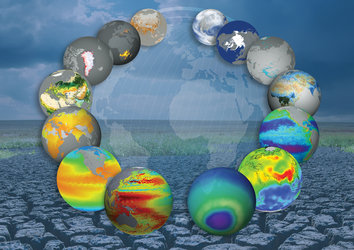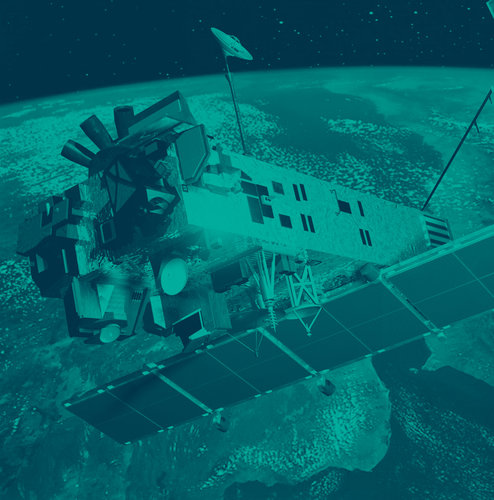Caring about climate: ESA experts at international conference
The World Climate Research Programme’s Open Science Conference begins today in Denver, USA. The week-long event brings together climate scientists from over 80 countries to discuss the latest findings on climate and identify pressing questions.
Held 24–28 October in downtown Denver, Colorado, the conference aims to improve our understanding and prediction of natural and human-influenced climate change from small regions to the entire planet.
The 1700 scientists will focus on how science can best serve society, particularly in minimising the adverse effects of variations in climate.
Discussions will also cover the effect of rising global temperatures on polar regions, melting glaciers and ice caps, sea-level variability and change, and thawing permafrost, which has the potential of becoming a net source of greenhouse gases.
Along with being a scientific sponsor of the conference, an ESA team of Earth observation experts will participate in the sessions.
A discussion led by ESA specialists Paul Ingmann, Diego Fernandez and Mark Drinkwater on Tuesday will cover ESA’s future contributions to climate system observations, along with contributions for a better understanding of Earth system processes.
Mr Drinkwater will also chair a session on the cryosphere and climate, held on Thursday. ESA’s missions to study variability and changes in the cryosphere will come into focus here.
Also on Thursday, Mr Fernandez and ESA’s Mattia Marconcini will take part in a discussion on understanding the human impact on climate change.
ESA expert Pierre-Philippe Mathieu will participate in Tuesday’s session on the reprocessing and reanalysis of climate data, representing the Agency’s Climate Change Initiative.

The initiative is using archived data going back three decades from Agency and Member-State satellites.
Combined with data from new missions, this information is used to produce new, verified information on a wide range of climate variables.
Since the launch of Meteosat-1 in 1977, ESA has kept an eye on the global environment with its Earth observation missions. It continues to play a major role in studying and monitoring climate variation with satellites dedicated to the environment.
These satellites include Envisat, the Earth Explorers – such as CryoSat-2, SMOS and GOCE – and the five Sentinel missions planned within the GMES programme.








